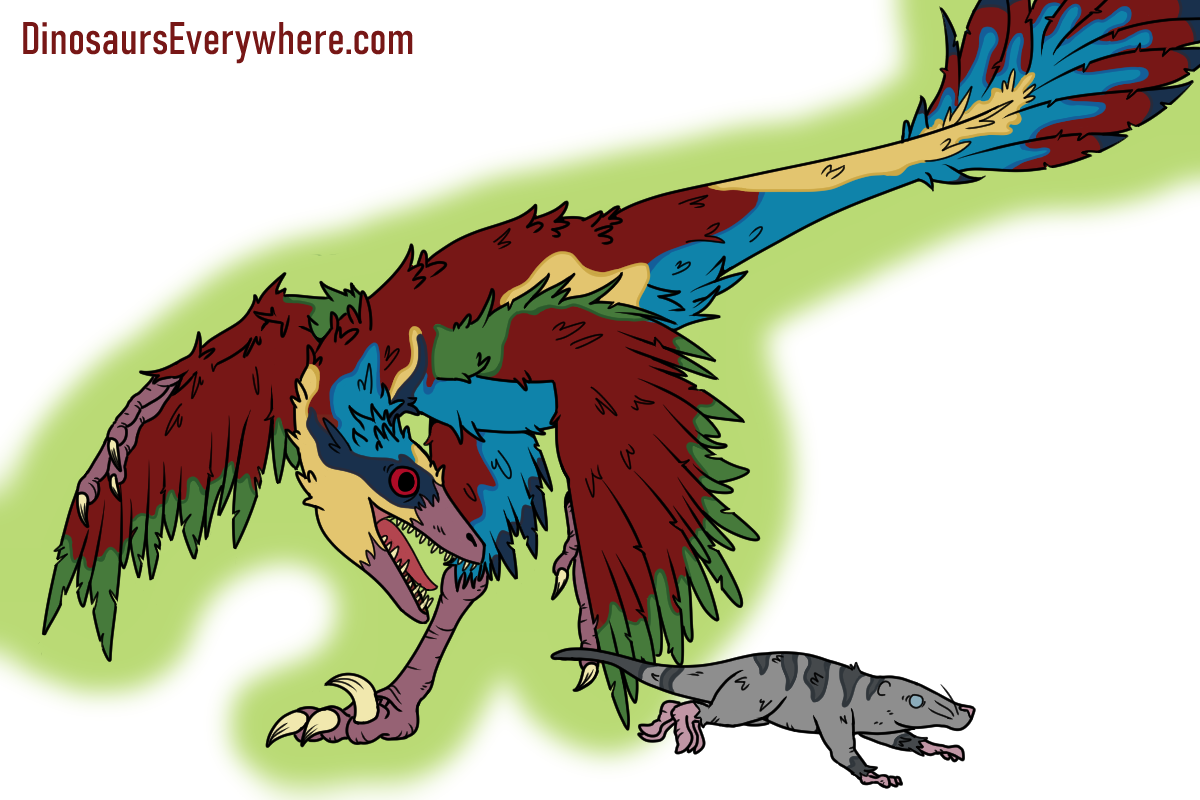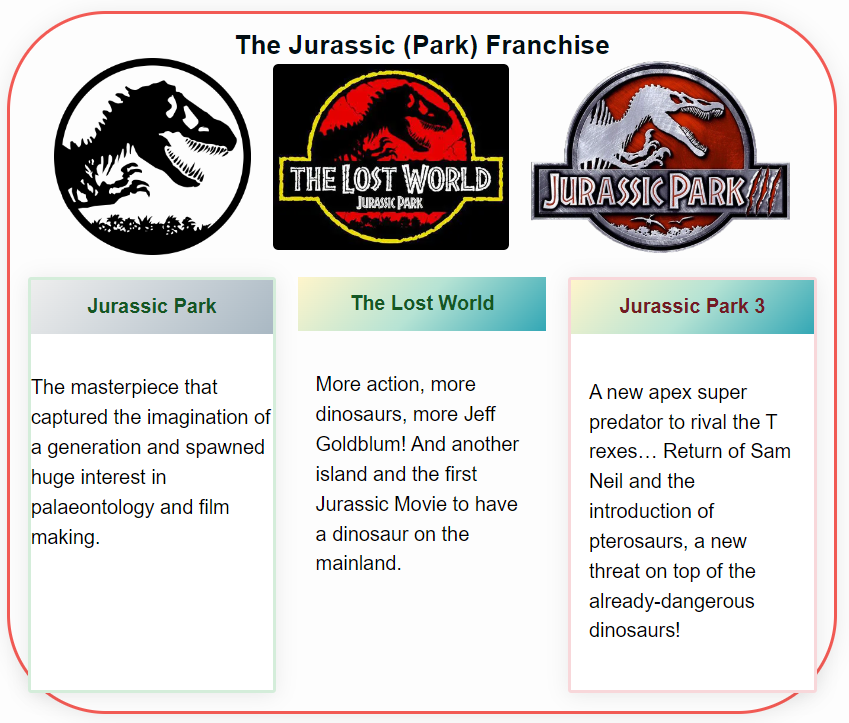Discovery and Significance: The Iconic ‘Missing Link’ Between Dinosaurs and Birds
The term “Missing Link” is often overused and oversimplified, I find. But in this case, it really does give a glimpse of what happened between the dinosaurs known as Theropods (T rex, Velociraptor, Allosaurus, etc) and modern birds.
Who discovered Archaeopteryx?
This remarkable creature was first unearthed in the Solnhofen Limestone Formation in Bavaria, Germany, by Hermann von Meyer in 1861.
Archaeopteryx dates back to the Late Jurassic Epoch, approximately 150 million years ago. These fossils are not only rare but invaluable, offering insights into a time when the lines between dinosaurs and birds were blurred.
Archaeopteryx Bones and Feathers
The first Archaeopteryx fossil discovered was a feather in 1860 or 1861, described by Christian Erich Hermann von Meyer in 1861.

So far, there are only eleven specimens and one isolated feather for Archaeopteryx.
This fossil, split into two parts (BSP 1869 VIII 1 as the main slab and MB.Av.100 as the counterslab), resides at Munich University’s Bavarian State Collection of Paleontology and Geology and the Natural History Museum in Berlin, one part each. Initially considered the holotype, later analysis suggested this feather might belong to a different, yet-to-be-discovered avialan rather than the Archaeopteryx specimens linked to body fossils.
The discovery of Archaeopteryx, with only eleven specimens and an isolated feather found to date
Visitors can marvel at these prehistoric wonders in various museums, where some specimens are on display, providing a direct link to the past.
Archaeopteryx, a genus of feathered dinosaurs, stands as a pivotal figure in the understanding of the evolution from dinosaurs to birds.
Classification and Ecology
| Classification | Details |
|---|---|
| Kingdom | Animalia |
| Phylum | Chordata |
| Class | Aves |
| Order | Archaeopterygiformes |
| Family | Archaeopterygidae |
| Genus | Archaeopteryx |
| Time Period | Late Jurassic, ~150 million years ago |
Relatives and Environment: Archaeopteryx shared its habitat with various dinosaurs such as the small theropod Compsognathus, indicating a vibrant ecosystem. These species coexisted in what is now Europe, in lush, tropical environments teeming with a diverse range of flora and fauna.
The Archaeopteryx Enigma
Archaeopteryx showcases an extraordinary mix of avian and reptilian characteristics, making it a cornerstone fossil for understanding avian evolution. Measuring about 20 inches long and weighing around 2 pounds, it resembled a raven in size. Notably, it possessed numerous small conical teeth, a bony tail, and other dinosaurian features, alongside avian attributes like a wishbone and a partially reversed first toe. These features highlight its transitional nature between non-avian dinosaurs and birds.
Diet and Behaviour
Likely an active predator, Archaeopteryx hunted small prey, including insects, lizards, and small mammals. The debate over its flying capabilities continues, with theories ranging from limited gliding to potential powered flight.
FAQs Explored
- Bird or Dinosaur? Archaeopteryx embodies the “missing link” due to its blend of avian and dinosaurian traits. While some classify it as an early bird, others view it more as a feathered dinosaur, underscoring the complexity of its lineage.
- Dental Structure: Yes, it had small, sharp teeth indicative of its carnivorous diet.
- Flight Capabilities: The extent of Archaeopteryx’s flying abilities remains debated among scientists, with some evidence suggesting it could glide or even engage in powered flight.
Pop Culture Presence
In Media and Literature
Archaeopteryx has captured the imagination of many, featuring in various books, movies, and documentaries as a symbol of the evolutionary bridge between terrestrial dinosaurs and modern birds.
Further Reflections
The story of Archaeopteryx is a testament to the intricate web of life and evolution on Earth. Its fossils serve not only as a window into the past but also as a reminder of the ongoing dialogue between science and nature, unraveling the mysteries of life’s continuity and change.
For more fascinating insights into the world of dinosaurs and their evolutionary kin, explore our comprehensive guides at DinosaursEverywhere.com.
This exploration into Archaeopteryx’s world reveals not just the specifics of a single species but also the broader narrative of evolution, connecting the dots between ancient life forms and the biodiversity we see today.


